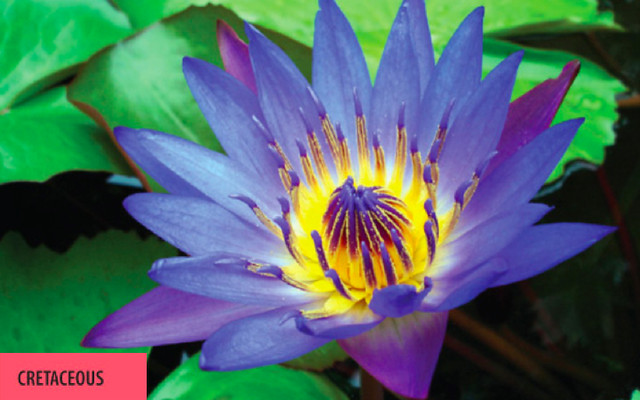Nymphaeales is an order of flowering plants, consisting of three families of aquatic plants, the Hydatellaceae, the Cabombaceae, and the Nymphaeaceae (water lilies). It is one of the three orders of basal angiosperms, an early-diverging grade of flowering plants. At least 10 morphological characters unite the Nymphaeales.[2]Molecular synapomorphies are also known.
The Plant List, created by the Royal Botanic Gardens, Kew and Missouri Botanical Garden recognizes about 70 species in 11 genera within the order,[3] but a phylogenetic study of the genus Nymphaea implies that the number of species could be more than 90.[4] The difference in species numbers is due almost entirely to the difficulty of delineating species in the genus Nymphaea.
All of the species are rhizomatous aquatic herbs with a broad leaf base and large showy flowers.
(From Wikipedia, February 2015)




